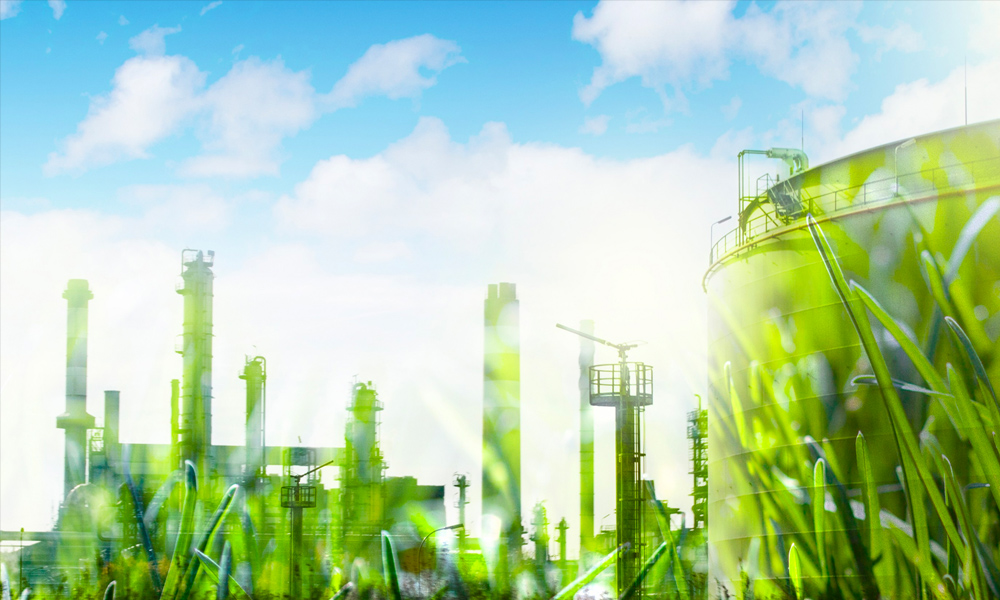Steel production could be made with almost no carbon emissions through US$278 billion of extra investment by 2050.
BloombergNEF (BNEF), a strategic research provider covering global commodity markets and disruptive technologies, in its report titled “Decarbonizing Steel: A Net-Zero Pathway” released last week said hydrogen and recycling are likely to play a central role in reducing emissions from steel production.
It said steel is responsible for around 7% of man-made greenhouse gas emissions every year and is one of the world’s most polluting industries.

The report outlined the path to making profitable, low-emissions steel and describes that a combination of falling hydrogen costs, cheap clean power, and increased recycling could reduce emissions to net zero, even while total output increases.
It said by 2050, green hydrogen could be the cheapest production method for steel and capture 31% of the market.
Another 45% could come from recycled material, and the rest from a combination of older, coal-fired plants fitted with carbon capture systems and innovative processes using electricity to refine iron ore into iron and steel. This would be a dramatic shift in the type of furnaces and fuels used to produce steel.
Today, around 70% of steel is made in coal-fired blast furnaces, with 25% produced from scrap in electric furnaces, and 5% made in a newer, typically natural gas-fired process known as direct reduced iron (DRI).
Converting a significant portion of the fleet to hydrogen would require more DRI plants and electric furnaces.
Blast furnace production would fall to 18% of capacity in this scenario.
BNEF head of sustainable materials and lead author of the report Julia Attwood said the steel industry cannot afford to wait for the 2040s to start its transition.
“The next 10 years could see a massive expansion of steel capacity to meet demand in growing economies, such as India. Today’s new plants are tomorrow’s retrofits.
“Commissioning natural gas-fired plants could set producers up to have some of the lowest-cost capacity by retrofitting them to burn hydrogen in the 2030s and 2040s.
“But continuing to build new coal-fired plants will leave producers with only bad options toward a net-zero future by 2050,” she said.
Attwood said that in order to achieve this transformation, there are five key actions for the sector to consider – boost the amount of steel that is recycled, particularly in China; procure clean energy for electric furnaces; design all new capacity to be hydrogen or carbon capture-ready; begin blending hydrogen in existing coal- and gas-based plants to lower the cost of green hydrogen; and retrofit or close any remaining coal-fired capacity by 2050.
Meanwhile, BNEF head of industrial decarbonisation Kobad Bhavnagri said the global steel industry is poised to begin a titanic pivot from coal to hydrogen.
“Green hydrogen is both the cheapest and most practical way to make green steel, once recycling levels are ramped up.
“This transition will cause both great disruption, and great opportunity.
“Companies and investors don’t yet appreciate the scale of the changes ahead,” he said.
BNEF estimates that new clean capacity and retrofits for lower emissions will cost the steel industry an additional US$278 billion compared to business-as-usual capacity growth.
This is a relatively modest figure, compared to the US$172 trillion estimated by BNEF to decarbonise the global energy sector.
